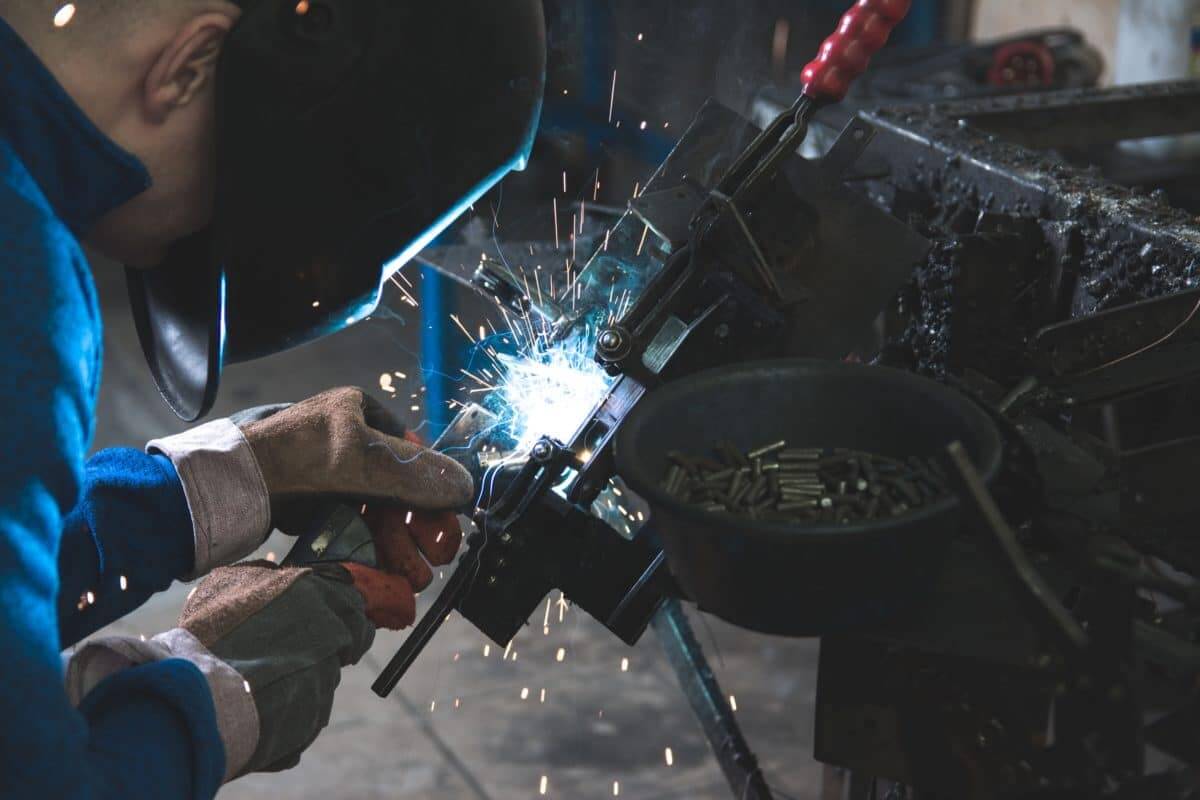Prices for industrial metals are rising

Industrial metal prices are rising due to supply worries
Today base industrial metal prices increased. They were recovering from an immediate response to the European Central Bank’s big rate hike the previous session. Additionally, there were global supply issues.
The most actively traded August copper contract on the Shanghai Futures Exchange increased 0.8 percent to $8,410.15 per ton, while the three-month copper contract on the London Metal Exchange was up 0.2 percent at $7,336.50 per ton. The world’s largest publicly traded copper miner, Freeport-McMoRan Inc., claimed that current prices are insufficient to fund new mines, which could exacerbate an already scarce supply.
Due to the rising energy prices in Europe, one of the primary manufacturing locations for these metals, zinc, and aluminum also faced supply issues. Metal prices have long been used as a measure for keeping tabs on the market and economic situations, in addition to being significant to manufacturers and end users. But how do metal prices get set by the market? Similar to pricing for practically every commodity, demand and supply mostly influence the prices of particular metals. Regardless of the type of metal, it is a serious error to believe that information on supply (production and stockpiles) and demand (consumption) is readily accessible, transparent, and reliable.
Prices recently are a factor in both current supply and demand as well as predictions for future supply and demand. In general, market volatility will rise the less information there is to go on.
Industrial Metal Prices
LME aluminum increased 1.1 percent to $2,968 a ton, on track for its greatest weekly gain since May. LME zinc increased 0.6 percent to $2,953.50 a ton, on track for a weekly gain.
Metals analysts think that the bearish pessimism of the ECB concerning the interest rate, prices the recent future performance. Gains, however, were constrained by the outlook’s continued gloom, lackluster demand in China, the world’s top consumer, brought on the COVID-19 limitations, and the threat of a global recession.
Since reaching a record high of $10,845 per ton reached in March, the price of LME copper has decreased by around a third. Tin and lead (SPBcv1) in the ShFE fell 0.7 percent each to 191,850 yuan a ton and 15,160 yuan a ton, respectively, while nickel increased 1.2 percent to 161,280 yuan a ton.
The pressure on metal prices is likely to linger throughout the economic slowdown and the possibility of the Fed raising interest rates. Despite supply concerns generated by energy shortages, the current market mood is mostly macro-driven
When the U.S. Federal Reserve meets the following week, the financial markets anticipate another 75 basis point increase in interest rates. The majority of metal prices depend on the supply and demand principle. Also on investment fund activity on public trading platforms, and market fundamentals in general. Due to their relative abundance and inexpensive cost, base metals like aluminum, iron, and copper are widely available. Minor Metals are slightly more expensive and less common. Refined from base metal refining waste streams. Rare Earths are even more valuable and rarer than precious metals. In essence, it depends on your definition of low and the metals you are considering.
The post Prices for industrial metals are rising appeared first on FinanceBrokerage.
0 Response to "Prices for industrial metals are rising"
Post a Comment